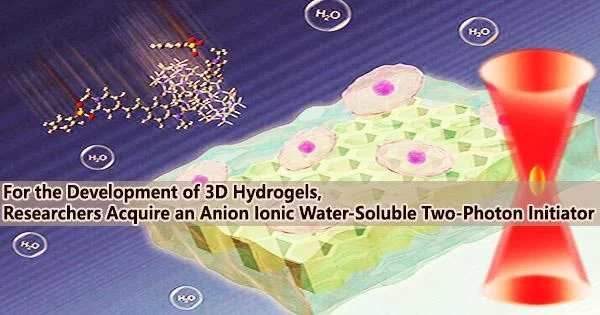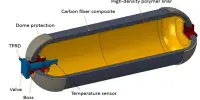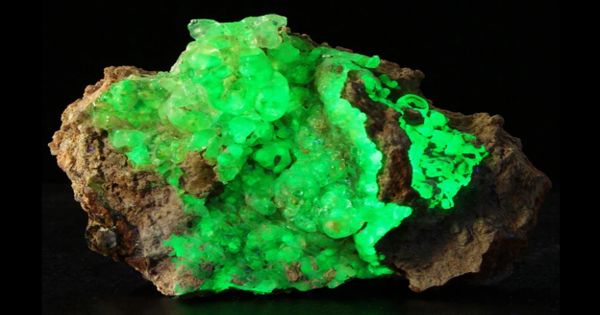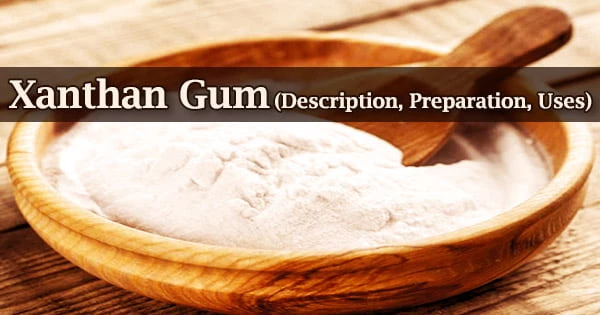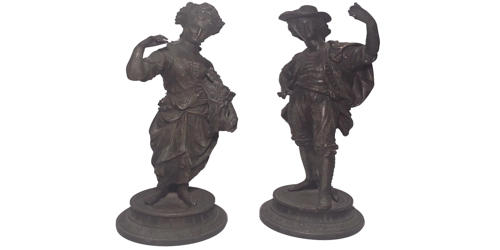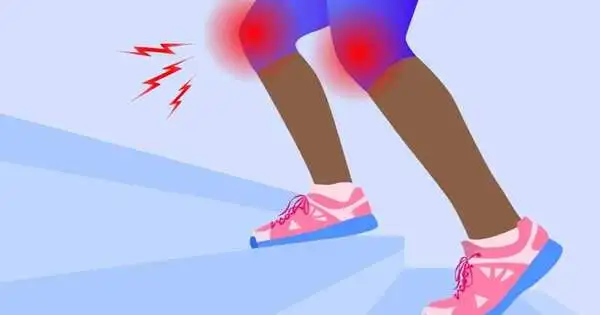Hydrogels are a type of material that can absorb and hold a large amount of water. They have become increasingly popular in biomedical applications, including tissue engineering, drug delivery, and wound healing, due to their unique properties such as high water content, biocompatibility, and flexibility.
Prof. Zheng Meiling’s team at the Technical Institute of Physics and Chemistry of the Chinese Academy of Sciences (CAS) through host-guest chemical interaction, which enhances the nonlinear optical property of the water-soluble TPI, created a carbazole-based anion-ion water-soluble two-photon initiator (TPI) (CB7/BT).
The study was published in Advanced Functional Materials on Feb. 28.
Organic solvents are often used in traditional two-photon polymerization (TPP). The residue that remains in the structure, however, is hazardous to cells and causes cytotoxicity. As a result, obtaining highly effective TPP in water is secure and environmentally responsible for use in the biomedical industry. Water-soluble TPI is an important element.
Three methods are commonly used to construct water-soluble TPIs. The use of nonionic surfactants, the direct alteration of oil-soluble photoinitiators, and the inclusion of oil-soluble photoinitiators into the appropriate supramolecular hydrophobic cavities.
In this study, CB7 and BT were used as host and guest molecules, respectively. In addition to increasing BT’s solubility and biocompatibility, CB7 controls its photophysical and nonlinear optical characteristics.
CB7/BT generates an alkyl radical to initiate polymerization and the resolution of 127 nm is obtained. A series of 3D hydrogel structures were fabricated and showed low cytotoxicity.
The initiator with p-toluenesulfonate anion demonstrates higher photophysical characteristics and two-photon manufacturing capability as compared to utilizing iodide as an anion. Hence, altering the anion is a potent strategy to improve the characteristics of water-soluble TPI.
